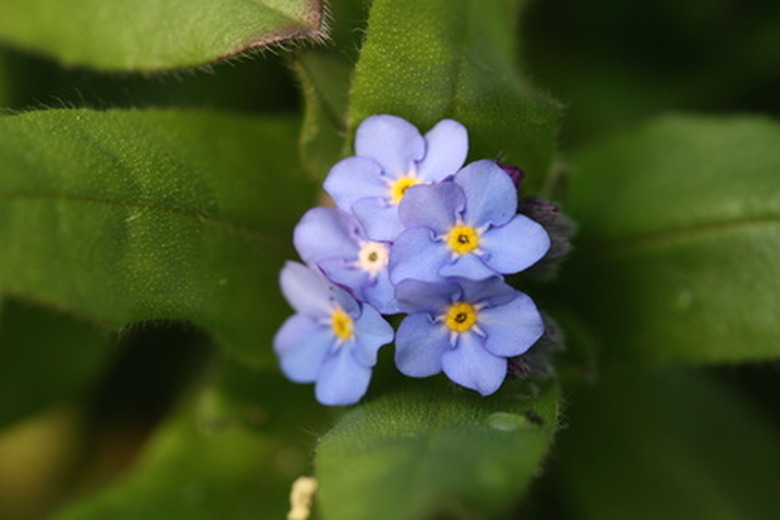Flowers Native To Germany
Germany has a range of climates conducive to native wildflowers. As people moved to the United States, many of those flowers were brought with German immigrants and planted in North America. In many cases, the plants grew well and thrived. In some cases, however, they escaped domestication and became invasive plants that have now, in some places, been branded noxious weeds.
Anchusa officinalis
Although native to Germany, the Anchusa officinalis also grows in the United States, where it is commonly called the common alkanet or the common bugloss. It is classified as a class B noxious weed in Washington and Oregon. Depending on the local climate, it can grow as an annual that re-seeds itself or as a biennial flower. It grows in most climate zones of North America, and is found from southern California to northern Canada. The flowers of this German native plant are small and purple, with five petals and a white or yellow center.
- Germany has a range of climates conducive to native wildflowers.
- Depending on the local climate, it can grow as an annual that re-seeds itself or as a biennial flower.
Cynoglossum officinale
Cynoglossum officinale is also native to Germany, but grows as an introduced flower species in North America. It is commonly known in North America as Gypsy flower or houndstongue. Gypsy flowers are about 1/3 of an inch across and feature five petals fused at the base. The colors of the flowers can range from dull red to purple. Although generally a biennial, it can sometimes behave like a short-lived perennial under the right growing conditions.
Myosotis sylvatica
Native to Germany, Myosotis sylvatica is better known as forget-me-nots. Forget-me-nots are short-lived perennials or biennials, depending on local growing conditions. The flowers of this plant grow in clusters of sky blue flowers with a yellowish edge. These flowers are easy to care for, and grow in most soil and sun conditions. Forget-me-nots can re-seed their beds, resulting in thicker, denser flower growth in subsequent years. Although the Myosotis sylvatica is commonly known as forget-me-nots, other species are in the genus Myosotis that are also commonly called forget-me-nots. Other species in the genus are also native to Germany and have similar growth and cultivation patterns.
- Cynoglossum officinale is also native to Germany, but grows as an introduced flower species in North America.
- Forget-me-nots are short-lived perennials or biennials, depending on local growing conditions.
